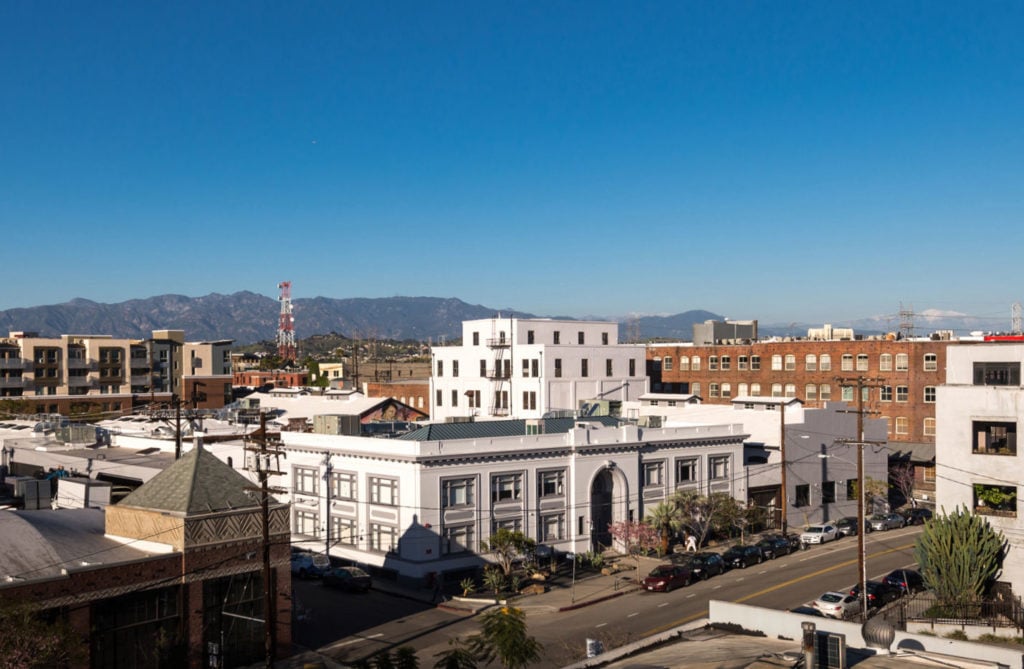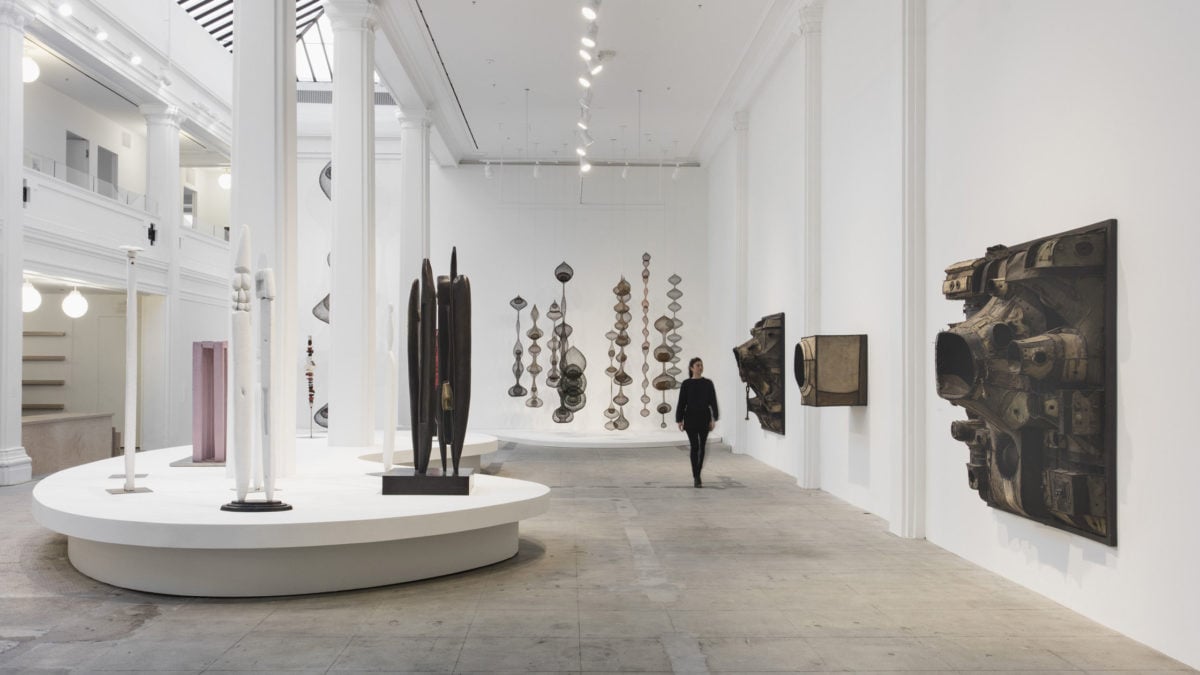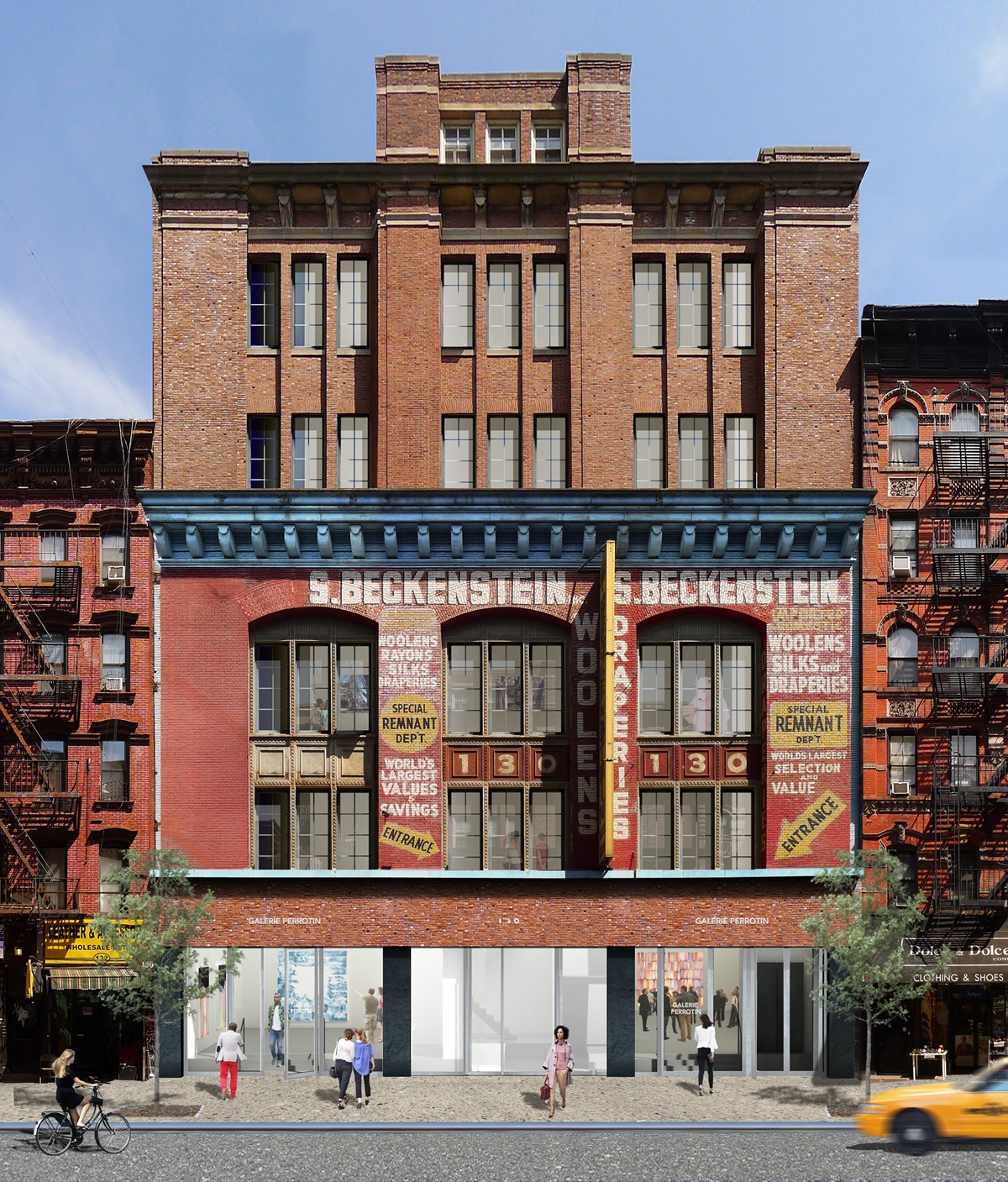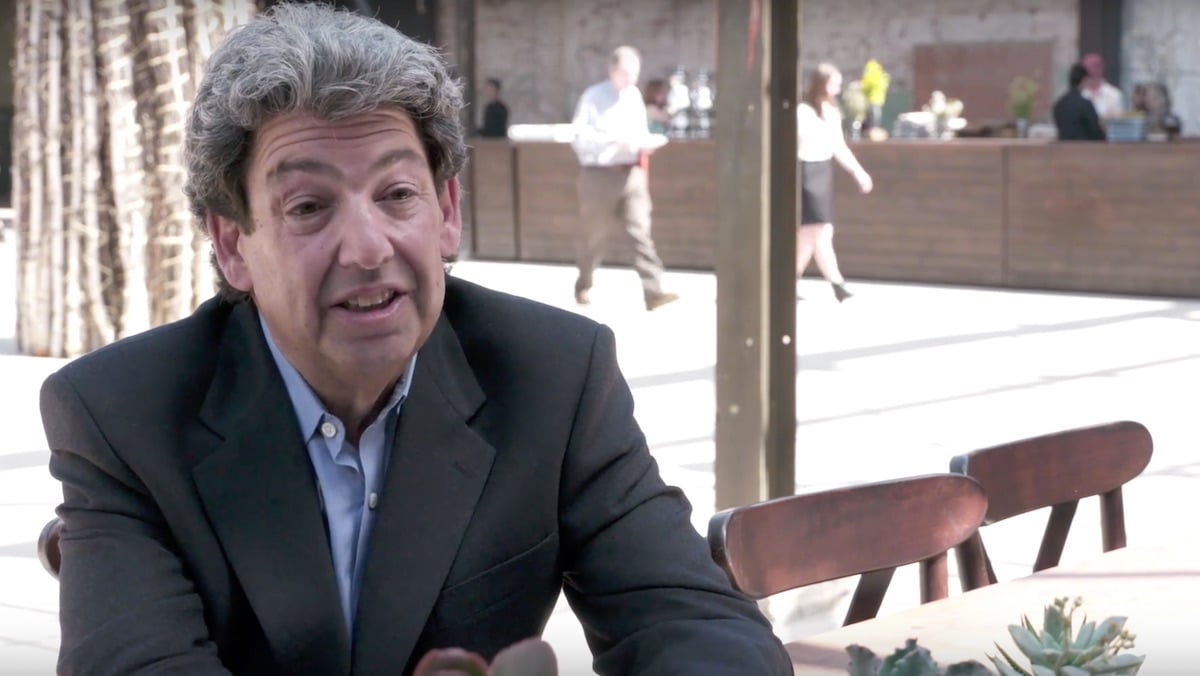Galleries
The Mega Galleries That Blur the Line Between Gallery and Museum
Museum-quality art comes to commercial spaces.

Museum-quality art comes to commercial spaces.

Henri Neuendorf

Is there still a distinction between the museum and the art gallery? Over the last 10–15 years, the lines between institutions and commercial galleries has become increasingly blurred as mega-galleries expand to match institutions in funding, ambition, and size.
Nowhere is the disintegration of this barrier better illustrated than at Hauser Wirth & Schimmel, the enormous Los Angeles outpost of the Swiss gallery Hauser & Wirth, operated with partner Paul Schimmel.
The sprawling gallery occupies a 100,000-square-foot former flour mill in downtown Los Angeles, and the impressive scale of the space matches the gallery’s ambition—which is to present museum-quality exhibitions.

Photo: Brian Forrest, courtesy the artists and Hauser & Wirth.
“Do I think there are galleries who are going to increasingly do more museum-like work? For sure,” Schimmel told artnet News. “[Hauser Wirth & Schimmel] is a gallery that does museum exhibitions, and I do think that is a growing area,” he said.
“That has always been the case as long as there have been galleries,” Schimmel continued. “But you see more of that now.”
Indeed, the growth of top-end commercial galleries has been staggering: Lehmann Maupin announced it is moving into a new Chelsea space covering 8,500 square feet; Marianne Boesky will expand its existing location to cover 13,000 square feet; and Perrotin will take over an entire five story building on Manhattan’s Lower East Side measuring 25,000 square feet.
The same goes for the quality of the art on show. New York’s Lisson Gallery inaugurated its space with a solo exhibition of the Cuban-American painter Carmen Herrera in May, four months before the artist’s scheduled survey at New York’s Whitney Museum of American Art in September.

Galerie Emmanuel Perrotin’s new building. Photo: courtesy Peterson Rich Office.
At Hauser Wirth & Schimmel, a museum-quality exhibition composed of works by the gallery’s woman artists and key loans, is currently on view. About 20 percent of the works are available for sale, but Schimmel says there are other key differences between the new commercial museums and public institutions.
“I would say the big difference between a museum—a classical museum—and what we do here is we do museum exhibitions, but museums are most importantly defined by their collection,” he explained. “So in that respect it’s much more like a Kunsthalle or maybe the kind of work that increasingly foundations are doing.”

Paul Schimmel, Partner at Hauser Wirth & Schimmel, Los Angeles. Photo: Film still via YouTube.
Schimmel added that the growth of the “space between galleries and museums,” has been “one of the most interesting areas of growth and development.”
“Private foundations are increasingly commissioning works, doing museum quality exhibitions,” he explained. “You’ve seen literally hundreds of them all over the world and in some cases doing—like the Broad, or Prada in Milan, or the Garage in Moscow or what we’re doing here—this kind of museum quality programs but in a context that’s not a ‘public institution.’”